Nature reports
Category: Beach and sea
Page 17 of 17 - 168 Results
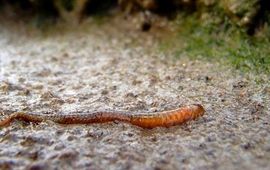
Ragworms that live in the seabed of tidal flats and marshes are opportunistic feeders and known to eat practically anything. Nevertheless, it was a big surprise to researchers when they discovered that the worms also have a much..
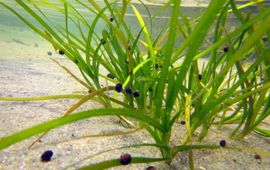
Dutch biologists have discovered that seagrass seed is killed by waterborne fungi that are related to the well-known potato blight. These fungi, which have not previously been found in seawater, hinder seed germination and thus..
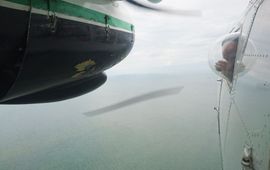
This week, a group of eight researchers from five European countries is together for a special meeting in Le Touquet, France, to prepare a survey to assess the abundance and distribution of cetaceans in the European North Sea and..
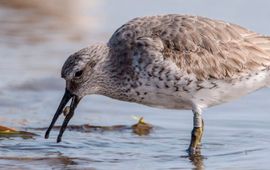
Red knots migrate between their summer breeding grounds in the high Arctic and their wintering grounds in the West African tropics. Chicks currently born in the Arctic attain smaller sizes before migration starts because they miss..
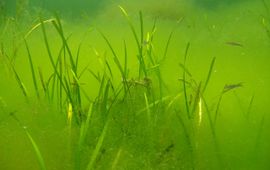
Management measures aimed at restoring commercial stocks of marine fish, for example cod, is an efficient tool to decrease eutrophication effects in coastal areas. This is the main conclusion of a new study reviewing over 50..
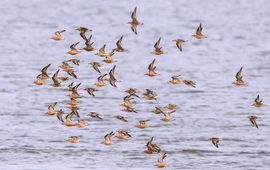
It seems so logical: animals come together where food is abundant. Yet, it is not so simple, say scientists from the NIOZ Royal Netherlands Institute for Sea Research. New transmitters to track bird movements showed that red knots..
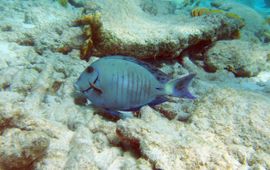
In 2013 Dr. Martin de Graaf from IMARES noted an unusually high number of coral reef fish at the Salt Pier on Bonaire, infected with dermal parasites. Similar observations of coral reef fish on Curaçao revealed rates of infection..
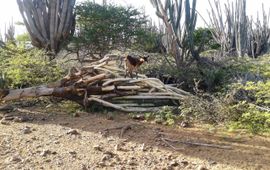
Recent studies have recorded 211 alien invasive species in the Dutch Caribbean, ranging from lionfish to boa constrictors, iguanas, plants and bugs. These include 27 introduced marine species, 65 introduced terrestrial plants, 72..
